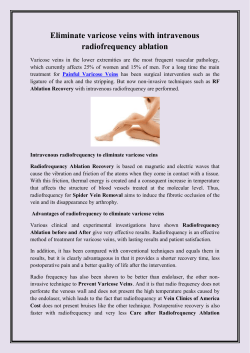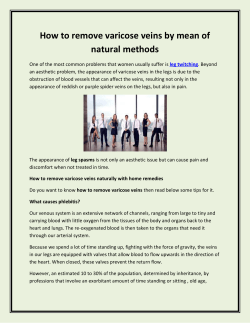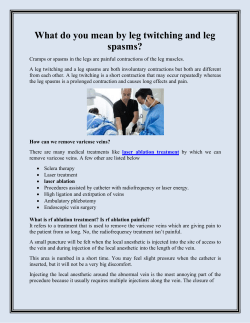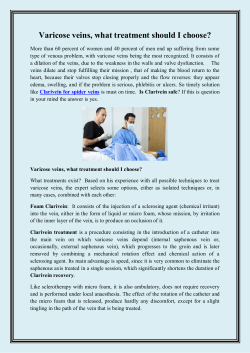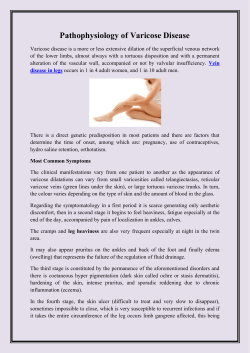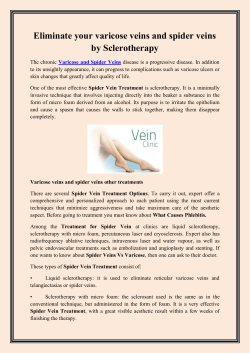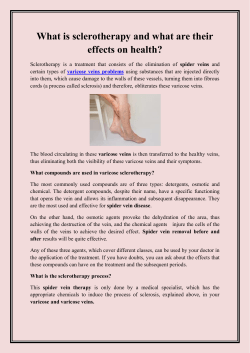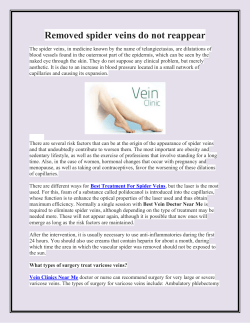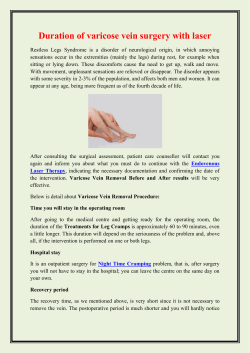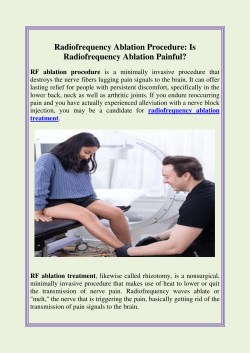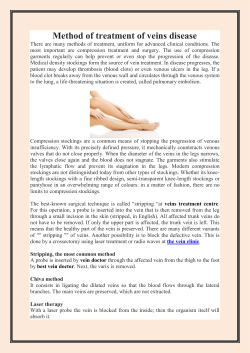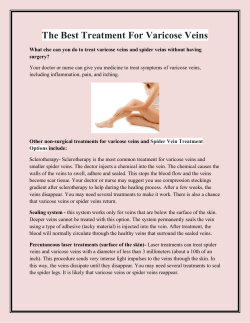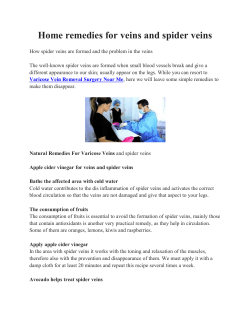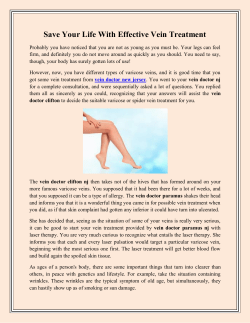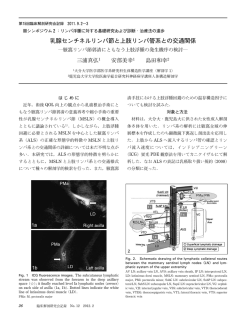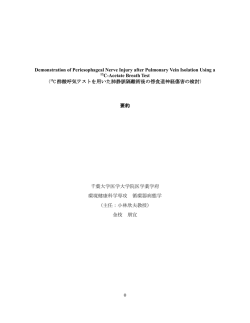
Advantages of Radiofrequency to eliminate varicose veins
Advantages of Radiofrequency to eliminate varicose veins Chronic venous insufficiency has a high incidence in the current western population. Leg Vein Problems are the most frequent vascular problem, affecting 20-25% of women and 10-15% of men. Surgical Leg Vein Treatment in uncomplicated symptomatic varicose veins is effective. To obtain effective and lasting Leg Veins before and after results in the treatment of varicose veins, it is essential to eliminate the origin of venous reflux. In 70% of the cases, varicose veins of the lower extremities have their origin in the circulatory insufficiency of the internal saphenous vein. For this reason, the irrigation of this vein is usually the first therapeutic target. To treat venous hypertension, the only effective and long-lasting treatment has been for years the ligature of the saphenous femoral arch and stripping of the VSI. But in the last decade, medical and technological development has allowed the involvement of new minimally invasive techniques such as intravenous radiofrequency VNUS Closure (RFA) or endolaser. Radiofrequency to treat varicose veins Radiofrequency consists of electric and magnetic waves that when they come into contact with a tissue produce vibration and friction in their atoms, transforming into thermal energy that raises the temperature. This causes the desired effects in the Leg Veins to be treated: • Endoletial destruction • Denaturation and contraction of collagen • Shortening and thickening of the venous wall • Reduction of vessel light In short, it manages to make disappear the varicose vein by arthrophy. Radiofrequency has proven to be an effective treatment with ultrasound success and high patient satisfaction. Treatment of varicose veins: radiofrequency vs. stripping The stripping on the contrary offered higher morbidity figures weeks after treatment, especially regarding the appearance of bruising, schistosis and pain. The efficacy of both techniques was again compared two years after treatment, and in both cases the efficacy is long lasting, with a lower recurrence rate for radiofrequency than for stripping. We also compared the minimally invasive technique of radiofrequency with conventional surgery against varicose veins, and the results reflected a clear advantage for radiofrequency: shorter intervention time, less pain. Eliminate varicose veins: Radiofrequency vs. endolaser The two minimally invasive techniques for treating varicose veins have also been compared in patients. Both endolaser and radiofrequency have shown high success rates, with 100% effectiveness in the endolaser and 96% in radiofrequency. Regarding the complications derived in the treatment, the endolaser presented a higher rate of complications compared to radiofrequency, although both rates were very low. Another clinical investigation revealed that radiofrequency is slightly better in terms of recovery and postoperative than endolaser, and the latter presented a higher rate of complications. Other subsequent investigations also analyzed other values such as the time of reincorporation to the working day or the quality of life after the intervention, obtaining similar results with some advantage for radiofrequency. In general, it can be concluded that radiofrequency presents similar results to the endolaser, with less pain, bruising and ecchymosed, as well as a better quality of life in the short term How Much Is Radiofrequency Ablation: Rates of Radiofrequency Ablation is not very high, also if you have question How Much Is Laser Ablation to you then it is better to ask your doctor and he will exactly guide you.
© Copyright 2025
